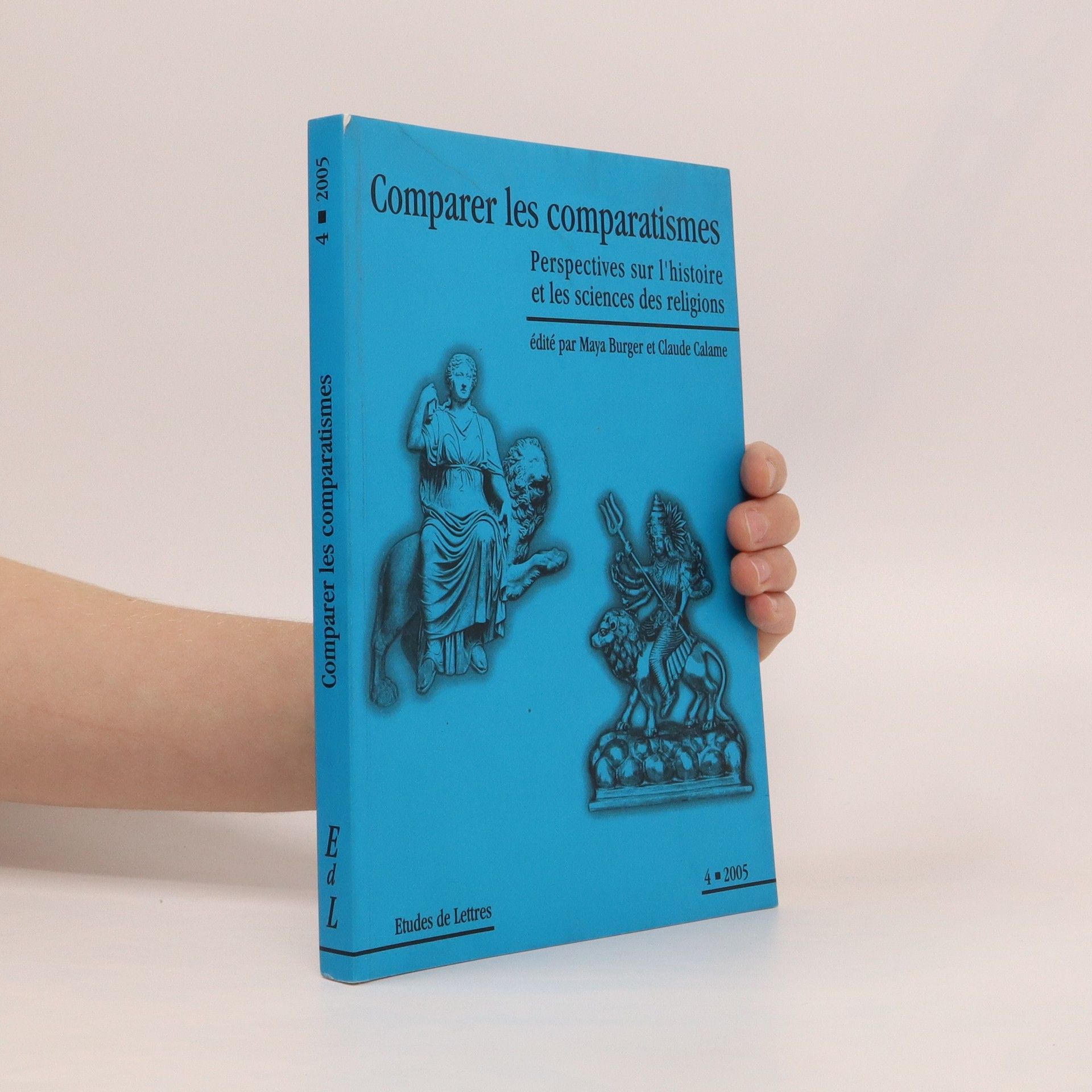Maya Burger Livres





Rêves: visions révélatrices
- 310pages
- 11 heures de lecture
La question du rêve est part intégrante de la question de la religion et intéresse de ce fait au plus haut point l’histoire comparée des religions. Non seulement les rêves ont-ils souvent été à l’origine d’une religion, mais ils sont fréquemment un de ses vecteurs principaux. En incluant la dimension onirique comme un élément constitutif du religieux et en développant des méthodes pour l’investiguer, le présent ouvrage se propose de montrer le lien consubstantiel entre religion et rêve. Les études réunies sont issues du colloque Rêves, visions révélatrices: réception et interprétation des songes dans le contexte religieux qui a eu lieu à Lausanne les 7 et 8 décembre 2000. Elles offrent des réflexions et des visions sur les rêves portant sur différentes traditions religieuses et faisant recours à des approches méthodologiques variées. L’ensemble des contributions tente de répondre à la double exigence de l’histoire des religions qui, tout en investissant un contexte religieux spécifique, se donne les moyens de réfléchir le rêve en lien à la religion dans une perspective comparative.
The perception of the elements in the Hindu tradition
- 215pages
- 8 heures de lecture
CrossAsia-eBooks was renamed Heidelberg Asian Studies Publishing (HASP) in 2022. Titles with publication years 2016 to 2021 were published under „CrossAsia-eBooks“. This book presents recent scholarly research on one of the most important literary and historical periods of the Early Modern era from a wide range of approaches and perspectives. It contains a selection of contributions presented at the 12th International Conference on Early Modern Literatures of North India which provide new material as well as innovative methods to approach it. The organizing principle of the volume lies in its exploration of the links between a multiplicity of languages (Indian vernaculars, Persian, Sanskrit), media (texts, paintings, images) and traditions (Hindu, Jain, Sikh, Muslim). The role of the Persian language and the importance of translations from Sanskrit into Persian are discussed in light of the translational turn. The relations between various yogic traditions, especially of Nath origin, from Kabir and other sampradayas, are also reconsidered.
What role have translations from Hindi literary works played in shaping and transforming our knowledge about India? In this book, renowned scholars, translators and Hindi writers from India, Europe, and the United States offer their approaches to this question. Their articles deal with the political, cultural, and linguistic criteria germane to the selection and translation of Hindi works, the nature of the enduring links between India and Europe, and the reception of translated texts, particularly through the perspective of book history. More personal essays, both on the writing process itself or on the practice of translation, complete the volume and highlight the plurality of voices that are inherent to any translation. As the outcome of an international symposium held at the University of Lausanne, Switzerland, in 2008, India in Translation through Hindi Literature engages in the building of critical histories of the encounter between India and the «West», the use and impact of translations in this context, and Hindi literature and culture in connection to English (post)colonial power, literature and culture.